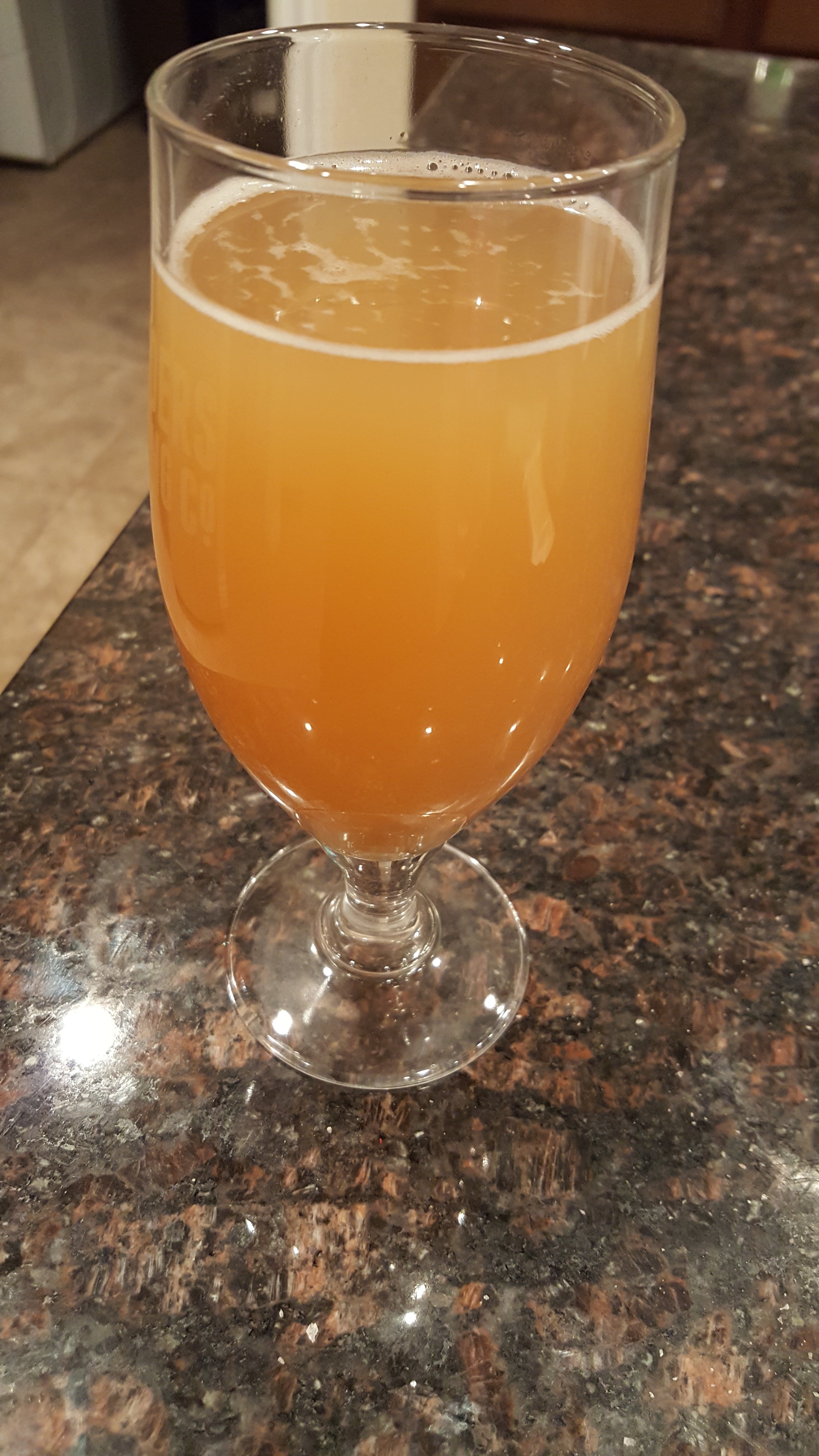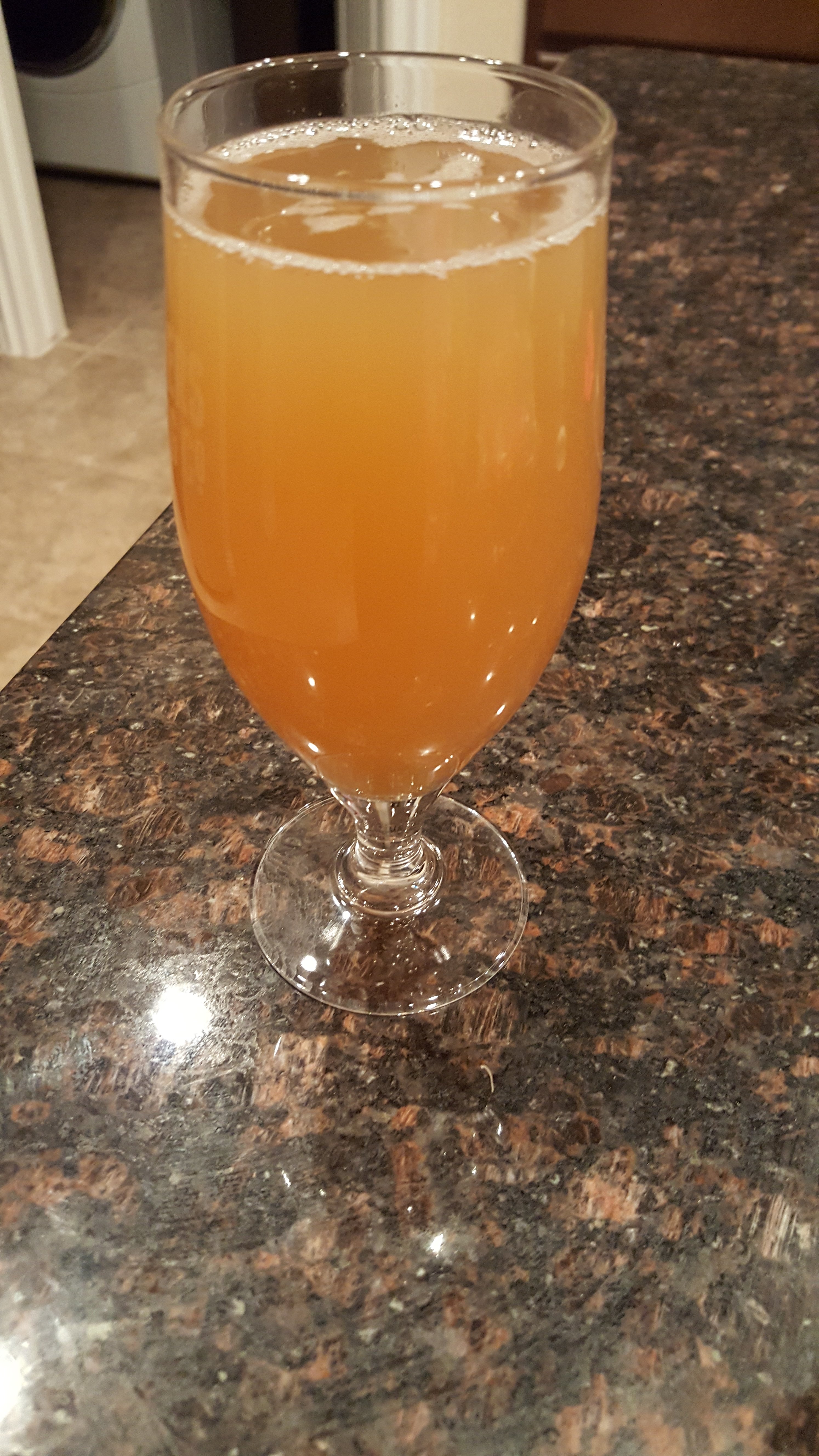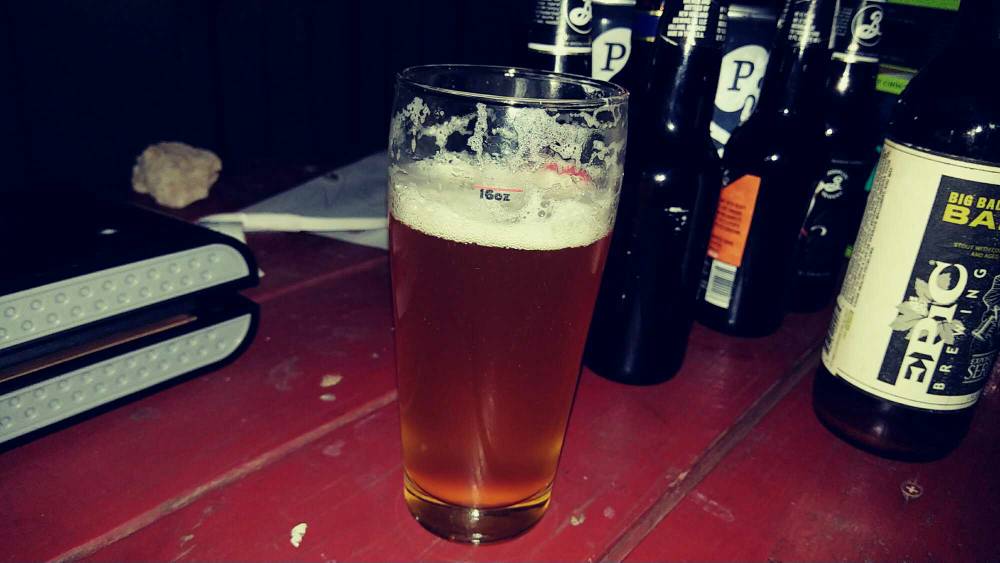Low-O2 Brewing, also called LODO, is a bunch of practices aimed at significantly reducing dissolved oxygen in the beer.
Now, much of it is on the hot side and aimed at preserving volatile malt flavors, so while that is good for all wort, it isn’t specifically helpful to IPAs.
With IPA (and NEIPA), the most helpful steps are keeping a closed circuit fermentation, tacking, and serving setup. This involves preferably only fermenting in Stainless Steel or glass, and thoroughly purging all racking tubing and your kegs.
Lastly, it involves transferring your beer to the final keg with a few gravity points left and sealing it to naturally carbonate in the keg (spunding). The reason for that is that the active yeast will consume any little bit of oxygen you may introduce in the transferring process, as well as minimizing exposure of your beer to the O2 that is inevitably mixed in your CO2 tank.
So if you are fermenting in a bucket and racking to a keg with a racking cane, you are exposing you beer to all kinds of oxygen. The large amount of hops in an NEIPA is EXTREMELY vulnerable to oxidation, which will darken the beer and quickly (within a matter of weeks or even a few days, depending on exposure) cause you to lose that bright, fresh hops aroma and flavor. That’s why so many people’s NEIPA turns to a brownish mess shortly after bottling.
LODO is controversial, and I am not trying to stir up that debate, but there is an undeniable link between oxygen exposure on the cold side and the loss of hops flavor/aroma and color change.
So, long story short, there are steps you can take, namely the cold-side procedures from LODO (Low-O2), that will preserve of extend the life of your NEIPA or any hoppy beer.






































![Craft A Brew - Safale BE-256 Yeast - Fermentis - Belgian Ale Dry Yeast - For Belgian & Strong Ales - Ingredients for Home Brewing - Beer Making Supplies - [3 Pack]](https://m.media-amazon.com/images/I/51bcKEwQmWL._SL500_.jpg)






















